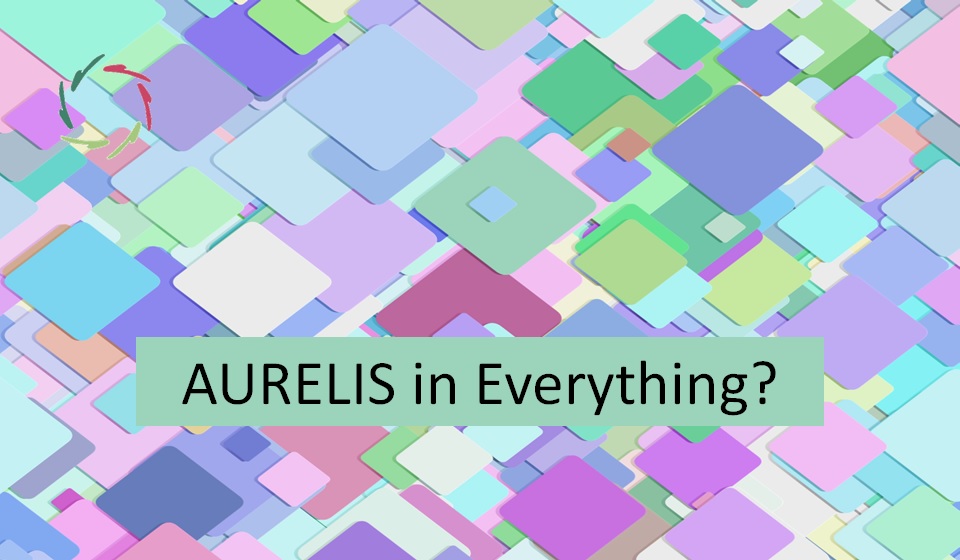People want Visible Growth

These are five questions that you, as a coachee, can answer for yourself.
Like a gardener
A gardener watches his tomatoes grow ― and his lettuce and his carrots. A little more every day. And “he sees that it is good.”
People (and not even just people) like to see a clear progression in growth. Apparently, that is inherent.
Someone comes to an AURELIS coach, and the whole thing also speaks of ‘growth.’
It’s just not as straightforward as with the carrots, lettuce, and tomatoes. Yet somehow, people might question some of this clarity. That’s not just for checking. It’s a natural phenomenon. It’s what it is.
At the same time, it’s subtle. One can abuse this.
One can pretend there is progress by playing with all kinds of categories.
That’s simple. Someone sucks his thumb, makes a gradation of a 7-step step (or 4 or 8), and attaches some criteria to each of these. If you feel called to do so, you don’t even have to put too much effort into it. Once it looks somewhat plausible, it can fulfill its role.
As mentioned, people are naturally attracted to this to such an extent that the specific interpretation gradually matters little. Is this a bit cynical, perhaps?
It doesn’t always have to be abuse. The former shows very little respect.
With respect, you can meaningfully meet what is naturally a friendly desire. Only it is less simple then, especially for someone who insists on having done it himself through conscious control.
Since the actual growth, in this case, takes place from within, the probing also has to be done from within. There is no other way.
You can respectfully use some tools to measure growth. Can you see it’s subtle?
G.I.M.O.
As a coach, you can draw up a G.I.M.O. together with a coachee. These points can be reviewed at the end of a coaching session and the next time. All in all, this already gives a sense of how the coachee has progressed.
No score. A joint feeling of validation or even celebration. It is indeed interesting to point out the good of this once again, among other things, because of mutual motivation.
The coachee can also take notes during a coaching session. That helps to draw up a G.I.M.O. together ― so, also to check it togethernext time and be happy about what has really been understood as a total person (or simply forgotten).
You don’t measure tomatoes with a ruler.
You look at it. It’s even more fun to watch it together.
If you have a thoroughbred gardener in your family, you know what to expect on every visit. Well, this is just the same.
Visualization
Another way that a coachee can apply to himself or under the guidance of a coach or AURELIS session is a future visualization of the situation in which the goal has been fully or partially achieved.
Questionnaire
A third tool, to be used at the start or even before effective coaching, can be a short questionnaire to gauge the extent to which someone is ready for a change from within.
Here, you will find something like this in the form of a few soft questions (See: Ready for a Change from Within?) with a corresponding score and an invitation to apply this as kindly as possible. Kindness is similar to respect in the realm of the deeper self. In other words, this can be used gently and firmly.
With this tool, the quality is dependent on the extent to which someone can and wants to honestly gauge what comes from within.
Now rate yourself on the following questions from 1 to 7.
‘1’ means ‘absolutely not’; ‘7’ means’ definitely yes’.
Finally, you can give yourself a total score. This does not necessarily have to be an average of the partial scores. After all, one part can be more important to you than the other parts put together.
__
Does this feel like a situation that entirely belongs to you? Are you now effectively a person who sees this situation as a component of yourself (such as nonsmoking or being 7 kilograms slimmer)?
1 – 2 – 3 – 4 – 5 – 6 – 7
Looking behind, was your evolution towards this state a spontaneous happening? Was there no need to enforce yourself, but were you able to work with a discipline in conformity with what feels to you as your real wish?
1 – 2 – 3 – 4 – 5 – 6 – 7
Very honestly: are you happier in this new situation than before (such as because you know that you take more care of your health)?
1 – 2 – 3 – 4 – 5 – 6 – 7
To what extent can you invite yourself with heart and soul from this future to go there? Do you feel free of obstacles or ‘resistance’ in this?
1 – 2 – 3 – 4 – 5 – 6 – 7
How near NOW do you feel within yourself to this future? Especially in this sense: do you feel strongly attracted to that future as something that draws you with a kind of mental rubber band?
1 – 2 – 3 – 4 – 5 – 6 – 7
TOTAL SCORE
1 – 2 – 3 – 4 – 5 – 6 – 7
__
You can find this test in interactive form. There, you also find some advice depending on your score.
Here, you find some more advice for the coach and coachee.


